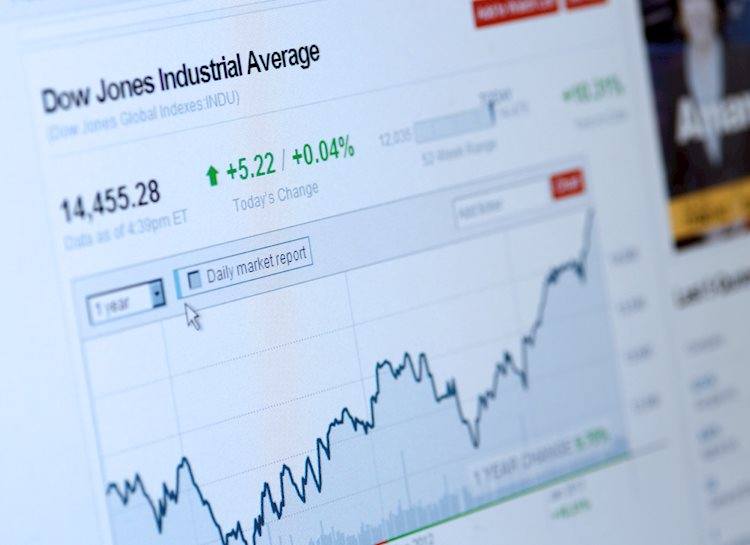The Dow Jones Industrial Average (DJIA) is currently hovering around the 41,000 level as it struggles to decisively break through this key technical figure. US Producer Price Index (PPI) inflation numbers recently showed a slight increase, easing concerns of inflation pressures that could lead to a Fed rate cut. The monthly PPI rose to 0.2% in August, with core PPI also accelerating to 0.3%. Despite the short-term uptick, annualized PPI figures were more favorable to investors, with headline PPI easing to 1.7% year-over-year and core PPI holding steady at 2.4%.
In addition, US Initial Jobless Claims for the week ended September 6 increased slightly to 230K, but remain in modest territory. With inflation under control and unemployment benefits seekers staying at tepid levels, expectations are high for a 25 bps rate cut by the Federal Reserve on September 18. The market is pricing in over 80% odds of a rate cut next week, with traders expecting a total of four cuts by December.
On Thursday, the Dow Jones struggled initially but made a late climb, with only a few components in the red. Dow Inc led the losses, while Caterpillar Inc saw gains. UnitedHealth Group Inc faced challenges following a political debate this week. The Dow Jones index has been trading below the 41,000 level for the past six days but is showing signs of potential upside, bouncing off the 50-day Exponential Moving Average (EMA) at 40,366.
The Dow Jones Industrial Average, comprised of 30 of the most traded stocks in the US, is price-weighted and calculated by summing up the constituent stock prices divided by a factor. Factors that drive the DJIA include company earnings reports, macroeconomic data, interest rates set by the Fed, and inflation. Dow Theory, developed by Charles Dow, is a method for identifying trends in the stock market by comparing the direction of the DJIA and Dow Jones Transportation Average (DJTA). There are various ways to trade the DJIA, including ETFs, futures contracts, options, and mutual funds.
In conclusion, the Dow Jones Industrial Average continues to face resistance at the 41,000 level as investors anxiously await a potential Fed rate cut. Despite slight increases in US PPI inflation and Initial Jobless Claims, the overall outlook remains favorable for a rate trim. With expectations high for multiple rate cuts by the end of the year, traders are closely monitoring market developments for signals of future movements in the DJIA.









